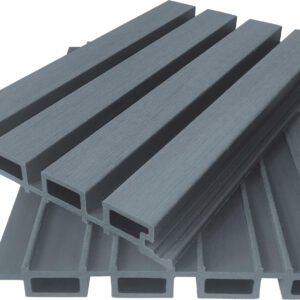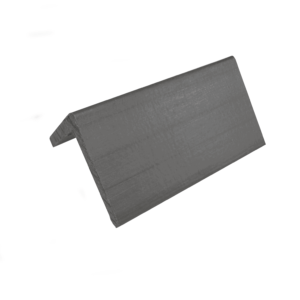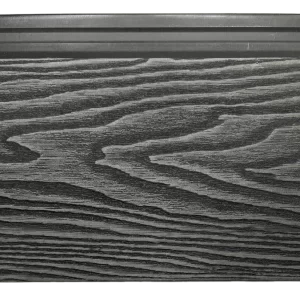Expert Advice from friendly staff
Composite Wall Cladding
Composite wall cladding is a versatile building material that combines the aesthetics of traditional wood with the durability and low maintenance of modern materials. It typically consists of a mixture of wood fibers, plastic, and sometimes other additives, all compressed and molded into boards or planks.
One of the primary advantages of composite wall cladding is its resilience. Unlike wood, it is resistant to rot, decay, and insect damage, making it an excellent choice for exterior applications where exposure to the elements is a concern. This durability also means that composite cladding requires minimal upkeep compared to wood, reducing the need for staining, sealing, or painting over time.
Additionally, composite wall cladding comes in a variety of colours, textures, and finishes, allowing for a wide range of design possibilities. Whether you’re aiming for a sleek modern look or a more rustic aesthetic, there’s likely a composite cladding option to suit your needs.
Another benefit of composite cladding is it’s environmental sustainability. Many composite materials incorporate recycled content, such as reclaimed wood fibres or recycled plastics, reducing the demand for virgin materials and diverting waste from landfills.
Installation of composite wall cladding is typically straightforward, with boards or planks designed to interlock or attach to a substrate using screws or clips. This ease of installation can help save time and labour costs during construction or renovation projects.
Overall, composite wall cladding offers a compelling combination of aesthetic appeal, durability, low maintenance, and environmental friendliness, making it a popular choice for both residential and commercial applications.
Showing all 3 results
-

Composite Slatted Cladding Plank 2.9m long
£23.99 Select options This product has multiple variants. The options may be chosen on the product pageStone GreyMapleOak -

Composite Cladding Angle 57mm x 57mm x 2.90m
£10.79 Select options This product has multiple variants. The options may be chosen on the product pageStone GreyMapleOak -

WPC Shiplap Wall Cladding Board
£14.99 Select options This product has multiple variants. The options may be chosen on the product pageGraphiteNatural Wood



